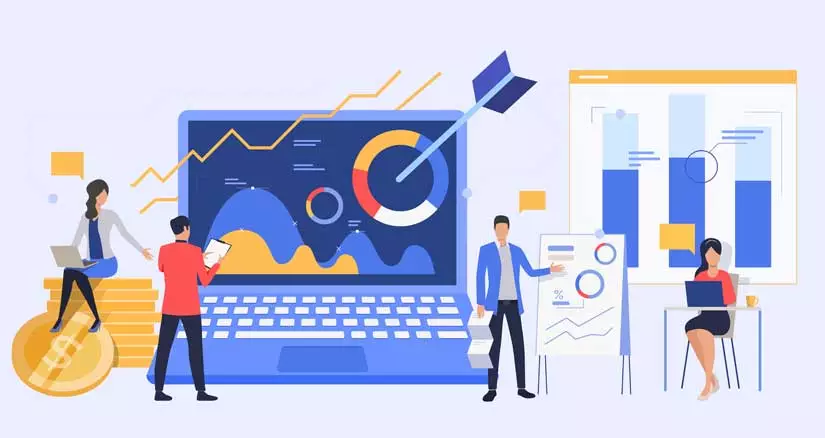
In the modern marketing landscape, understanding customer behavior is key to success. Big Data analytics has emerged as a powerful tool that enables marketers to gain deep insights into how customers think, act, and make decisions. Here’s how it’s being used:
1. Gathering Customer Data
- Multiple Data Sources:
- Online Interactions: Marketers collect data from customers’ website visits, including which pages they view, how long they stay on each page, and the actions they take like clicking on links or adding items to the cart. For example, an e-commerce site can track if a customer spends a lot of time looking at electronics products and then abandons the cart.
- Social Media Activity: Social platforms offer a wealth of information. Marketers can analyze what customers post, like, share, and comment on. If a customer frequently shares posts about fitness products, it indicates an interest in that area.
- Purchase History: Looking at past purchases helps understand customers’ preferences. A clothing retailer can see if a customer usually buys casual wear or formal attire, and which brands or styles they prefer.
- Data Integration:
- Combining data from different sources creates a more comprehensive view of the customer. For instance, by integrating website browsing data with purchase history, marketers can identify patterns. Maybe customers who browse running shoes on the website often end up buying them within a week. This integrated data allows for more accurate analysis of customer behavior.
2. Analyzing Customer Behavior Patterns
- Segmentation:
- Demographic Segmentation: Divide customers based on age, gender, location, etc. For example, a beauty brand might find that its younger female customers in urban areas are more likely to buy makeup products online, while older customers prefer in-store purchases.
- Behavioral Segmentation: Group customers according to their actions, like frequent shoppers versus occasional ones. A grocery store can target frequent shoppers with loyalty rewards and special offers to encourage them to continue buying.
- Psychographic Segmentation: Consider customers’ lifestyles, values, and attitudes. A travel agency can identify adventure-seeking customers who are more interested in exotic destinations and tailor marketing campaigns accordingly.

- Predictive Analytics:
- Future Purchases: By analyzing past behavior, predict what customers might buy next. An online bookstore can suggest new releases in the same genre as the books a customer has previously purchased.
- Churn Prediction: Identify customers who are likely to stop using a product or service. A mobile phone provider can reach out to these customers with incentives to retain them, like offering discounted data plans or free upgrades.
3. Applying Insights for Marketing Strategies
- Personalized Marketing:
- Tailored Recommendations: Use data insights to recommend products or services to individual customers. For example, a streaming service can suggest movies or shows based on a customer’s viewing history and ratings.
- Personalized Emails: Send customized marketing emails. Instead of generic promotions, a retailer can send emails with offers on products that a customer has shown interest in. For instance, if a customer has been looking at kitchen appliances, the email can feature discounts on specific appliances they viewed.
- Optimizing Marketing Channels:
- Channel Selection: Determine which marketing channels are most effective for different customer segments. Some customers might respond better to social media ads, while others prefer email marketing. A business can then allocate its marketing budget accordingly.
- Timing and Frequency: Analyze when and how often to communicate with customers. For example, an online clothing store might find that sending promotional messages on weekends results in higher click-through rates and purchases.

In conclusion, big data analytics provides marketers with a valuable opportunity to understand customer behavior in great detail. By gathering, analyzing, and applying these insights, marketers can create more targeted, effective marketing strategies that resonate with customers and drive business growth. It’s an essential tool in today’s competitive marketing world.




